Growing abutilone from seeds at home
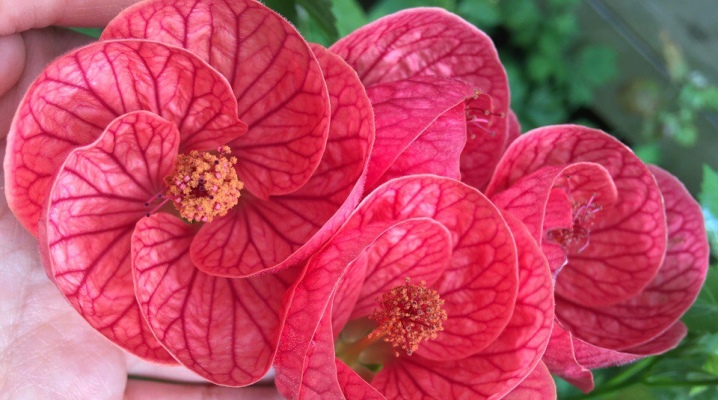
Abutilon, or flowering maple, is a genus of shrubby perennials known for large flowers hanging on thin peduncles and maple-shaped rough foliage. Most of the species are widely used as landscape ornamental and potted plants.


Characteristic
Abutilon is represented by several dozen varieties, of the most popular are a hybrid mixture of Bellevue, Organza and Juliet. Early species are distinguished by a high growth rate, they are able to grow up to 50 cm per year. Flowering lasts almost all year, there are no special requirements for the quantity and quality of light.


If grown from seed, then after six months the plant is ready to bloom.
The buds on the stem are quite large, the color may differ depending on the variety used by the breeder. The foliage is deep green, it can be semicircular, with a rough surface or thin, pointed.
This plant is also called "home maple", it is unpretentious, there are no special requirements for the content, but at least minimal attention should be present. Young plants show growth best of all, so they need to be replanted once a year. In pots, the flower blooms more actively. Maples reproduce by both seeds and cuttings.
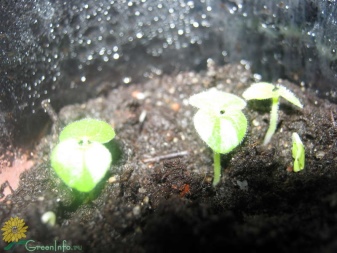

Reproduction
Maple seeds germinate quickly, but the resulting seedlings sometimes look different from the parent plant, so this method is rarely used. The time frame will vary depending on whether the plant will be grown indoors or outdoors, but the process remains the same in both cases.
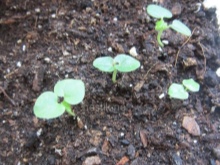


Indoor abutilons are sown and germinated all year round, and those bushes that are supposed to be planted outside should be started indoors 4 weeks before the last frost. The step-by-step process of germinating the planting material is very simple: just put the seeds in a pot with a well-moistened medium and then maintain the temperature at about +24 C. Watering the planting will be required regularly so that the soil does not dry out. It should be said that all varieties, including hybrid mixtures, germinate from seeds in the same way.
The ideal soil is a universal potting mix, which can be easily found in a specialized store.


If you have free time, you can prepare the mixture yourself. The optimal proportion is considered to be the same amount of soil, sand and sphagnum or peat moss. It should be understood that river sand cannot be taken from the natural environment, since it contains not only many bacteria, but also harmful components. Another recipe for potting soil involves using two parts of clay soil, part of leafy soil and humus and half of sand.
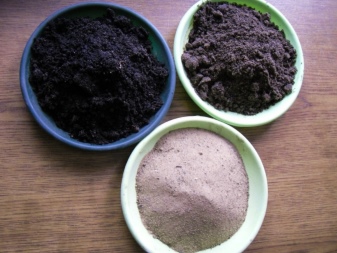

The finished mixture must be disinfected. Soil disinfection is a simple procedure that requires minimal involvement of the grower. You just need to put the earth in an oven preheated to 80 C and leave it there for an hour. Some gardeners think that increasing the degree will allow you to finish the procedure faster, but not everything is so easy.
If you catch up to 100 C, then together with microbes in the soil, useful substances begin to decompose, as a result, such soil becomes useless.
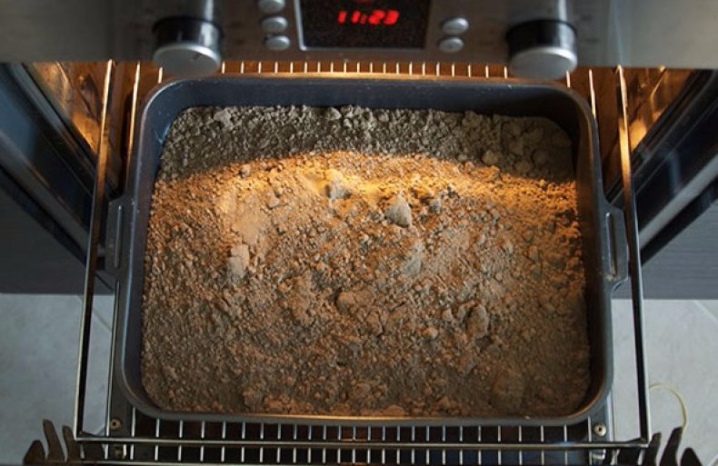
For growing seedlings, plant breeders often use special humus tablets... It is very easy to use them, just remove the material from the top and wet it. The seed that has sprouted is transferred together with the tablet into a container and covered with a film. Subsequently, using a spray bottle, the grower should regularly wet the material. When the first leaves appear, abutilone can be moved together with the tablet into a pot with soil.
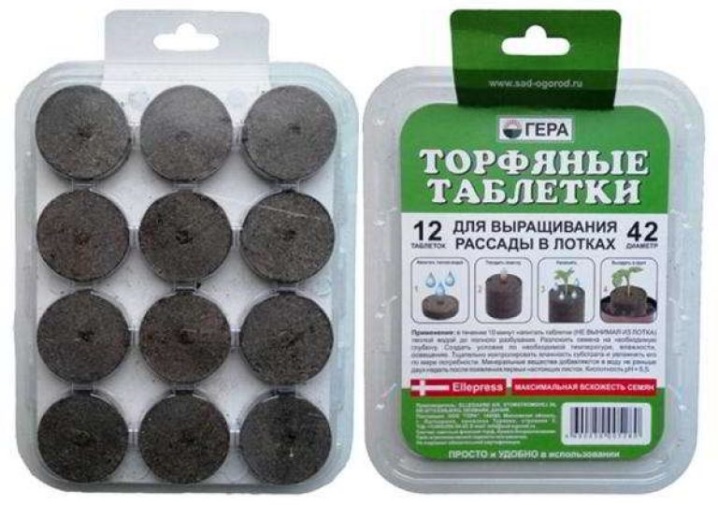
Seedling care
Maples grown for indoor or outdoor use should be protected from direct sun and temperature extremes while young and immature. Experienced growers advise keeping young bushes in a place with bright, filtered light, where the temperature stays around 21 C during the day and 13 C at night.

Move the plants to a permanent pot in the spring, one week after the last frost. The flower should be slowly acclimated so that it can stand for 4 hours in direct sunlight without wilting or burns. Domestic maples love good humidity and quality watering, so they are provided with plenty of water during the warm, dry summer months. When disembarking on the street, it is imperative to provide shelter from strong winds, and in the room the place where the flower stands should not be blown by drafts.

Although bushes obtained from seeds can flower in the first year, they most often produce buds in the second year. Plants grown from cuttings delight with abundant flowering after three months.
The plant needs more moisture during the period of active vegetative growth. Watering should be abundant, the soil must be wetted to the very bottom, while excess water must necessarily drain through the drainage holes. If the soil is often dry and cracked, the flower will simply shed its foliage and buds.
The dormant period begins in November: during this period and until February, the number of waterings is halved. As for dressing, the best remedy would be a complex mineral fertilizer. It is brought in in the spring and summer. If possible, you can use slurry.
Follow-up care
Blooming abutilon loves the sun, but during summer it may require shading from direct sunlight. Grown outside or inside, the shrub requires well-drained soil and extra space in a container that allows it to grow to a certain size.

Outdoors, it is best to put a 2cm layer of mulch around the shrub. It not only retains moisture in the soil longer, but also inhibits the growth of weeds. Compost or even bark from a tree works great as organic material.
Outdoor maple trees require ample water in the summer. The grower will need to keep the soil slightly moist, but constantly. Wet does not mean with stagnant water, in such conditions the plant will ache, the roots will rot
As a top dressing for spring and summer, just the very period of active growth, the best top dressing will be liquid fertilizer, which can be applied along with watering.
Determining nutritional deficiencies is very simple - by the falling lower foliage. The best fertilizers will be those that contain a lot of phosphorus and a little less potassium and nitrogen. Indoor plants need a two-month feeding with water-soluble fertilizer 20-20-20.
Pruning of abutilon is carried out in order to maintain the shape and size of the shrub. The most suitable time for the procedure is March. During this period, you can safely remove the growth of last year, weak, old branches. Removing already faded buds leads to the activation of new growth.
Diseases and pests
The described plant is susceptible to several pests such as whitefly, aphids, mealybugs. In turn, the aphids release honeydew, which leads to the appearance of mold on the foliage, which causes yellowing and death of the leaves.The beetles feed on foliage and flowering, but this is not a cause for alarm unless there is a lot of infestation. Aphid lesions can be quickly identified by curling foliage.
The presence of a white cannon, which most often forms in the leaf sinuses or petioles, indicates the presence mealybug.

If the cobweb is below the leaves, and they themselves have noticeably turned yellow, then this is already another insect - spider mite, against which acaricides proved to be highly effective. It feeds on foliage juice and a red mite, after which the shoots not only change color, but also fall off. Sticky insect secretions are a favorable environment for the development of a sooty fungus.
Can be used in the fight against the pest "Decis".

Garden neem oil is great for fighting any insects, as it simply scares them away with its pungent aroma.... Houseplants can be treated with alcohol or sprayed with diluted insecticidal soap. In principle, even a simple increase in humidity causes insects to flee.
A common disease in flowering maples is powdery mildew... The virus damages foliage, causing mottling, distortion and discoloration. However, the virus rarely harms woody parts of plants. Fungal infections are effectively treated with fungicides, of which there are a lot in specialized stores.

Bacterial infection of the plant should not be allowed - it not only spreads quickly, but also cannot be treated, since there are currently no effective remedies.
How to keep on the street?
Even indoor abutilon is recommended to be taken outside in the summer, you can put it on the balcony. The most important thing is to monitor the moisture content of the soil, to prevent direct sunlight from reaching the foliage, as they cause burns. You can put the container under the tree, but so that the plant is reliably protected from the wind.

As soon as leaves begin to fall from the bush, abutilone signals that the breeder is not taking good care of it. Lowering the ambient temperature below 15 C does not tolerate an indoor flower, it may even die. With the onset of autumn, abutilone is brought back into the room.
Advice
Experienced growers give their advice on how to properly care for a plant:
- to stimulate new growth, you will need to prune the plant by 25-40% at the end of winter, just when new shoots are about to begin to appear;
- to keep the soil moist, but not swamp, you can add a little perlite to its composition;
- the soil must be refreshed every few years, since it becomes acidic due to the use of fertilizers;
- the use of clay pots involves quick salting of the soil;
- the plant can bloom all year round and under artificial light; for this, the bulbs are placed at a distance of at least 20 cm from the bush.
If you follow the elementary rules and provide the indoor flower with the required amount of heat, then it will grow rapidly and delight with magnificent flowering all year round. It is important to remember that abutilone does not tolerate cold and does not like constantly wet soil, so the container must have holes for drainage. The plant needs to be protected from direct sunlight, wind and even drafts in the apartment.
How to grow abutilone from seeds at home, see below.



































































The comment was sent successfully.